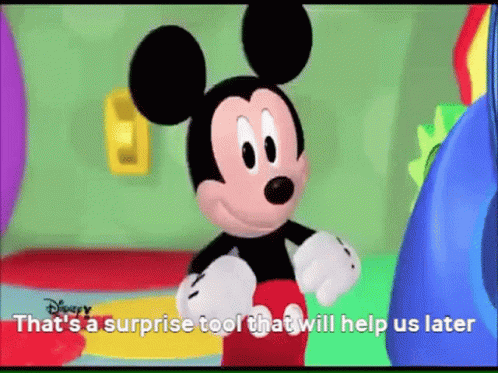03 Sep 2025
Yesterday I watched my friend Jialin Wang defend her thesis,
and as part of her background section she mentioned that the group
I’ve been doing a lot of writing lately, with two papers that I want out by the end of the summer and a new result (which will be my thesis) that I want out by the end of the year and an NSF proposal1, and even more stuff that I’m not talking about yet… So everyone in my life has heard me do nothing but complain about writing for the last month, haha. Weirdly, though, I’ve been itching to write a blog post! Maybe because it’s so informal, or maybe because it’s something I know I can finish, or maybe it’s because I’m mainly sick of writing about the same thing all day. No matter what it is, I’m happy to be here, and happy to have the excuse to share something cool ^_^.
There’s no way I can give an introduction to spectral sequences that’s better than Vakil’s notes, so I won’t even try. I highly recommend everyone give those a read at least once in your mathematical life, especially if you’re planning to do anything that might require you to actually use spectral sequences “in the wild”. Going forwards in this post, I’ll assume that you know the basics of what spectral sequences are, and how (roughly) to compute with them, but if you’re feeling brave and know a bit about homology you can probably already understand a fair amount of the post.
First, though, a few words about our goal. We’re trying to show that a
product of free groups,
which is the kernel of the homomorphism
This subgroup is obviously finitely generated (since we defined it in terms
of
Every finitely presented group has finitely generated
First add a loop for every generator
Now we compute
So, to show that our
It suffices to show that
Unless otherwise stated, all homology groups have coefficients in
If we could find some nice description of the isomorphism type of
and the homologies of
This says that whenever we have a short exact sequence
we get a spectral sequence
relating the homology of
Concretely this means that we can compute the homology of
Precisely, the
In our case, we know that
For any
This tells us that
where
In case
In case
When
as vector spaces. So if these are not isomorphic, then

This lets us start evaluating the terms of our spectral sequence:
becomes
Moreover, we know that our
Since
In
Since the
So the
The differential on the
Of course,
In particular, we learn (the left isomorphism comes from Künneth and the right isomorphism comes from the spectral sequence):
From the
Since the invariants and coinvariants have different diemnsions,
our earlier discussion shows that
Let’s take a second to reflect on what just happened, since there were a decent number of moving parts.
We wanted to show that
This is a clever trick, and a fairly subtle one! It’s something I’ll have to
try to remember, since the obvious approach is to try and compute the
(co)invariants explicitly, but I’m not even sure7 how to compute the
Thanks for hanging out, everyone! It’s wild to think that just a short week ago I was in Bozeman, Montana meeting a bunch of cool people and giving a talk about my thesis. Then all in a row over labor day weekend I had two little dinner parties and went to the beach to swim with leopard sharks! It wasn’t very productive, but it was extremely good for the soul, haha. Now I have a few short days to try and get more done before I fly to Chicago for the Fall School on Quantizations and Lagrangians. Take care all, and stay safe. We’ll talk soon 💖
-
On the off chance the NSF still exists next year ↩
-
Depending on which book you read, this is either a definition or a theorem. See, for instance, the Introduction or Chapter II.4 in Brown’s book on Group Cohomology. ↩
-
In fact, there’s a whole hierarchy of finiteness conditions on a group
In the body we really showed that being finitely presented means being type
Note that being type
-
The universal coefficient theorem promises
-
This is one place where working over a field really simplifies things! In general we would only know that
-
If this isn’t obvious, it’s a fantastic exercise in algebraic topology! Can you compute the homology groups
Again, you’ll want the Künneth formula to handle the product, and then you’ll want something like Mayer-Vietoris to handle the wedge sums.
To relate this to group homology, note that
-
Though I gave up almost immediately, since I want this post finished so I can go back to writing more important things ↩